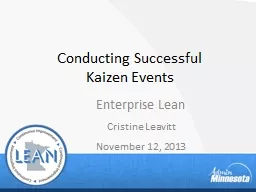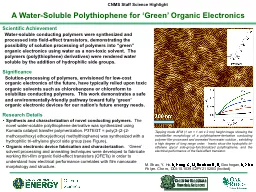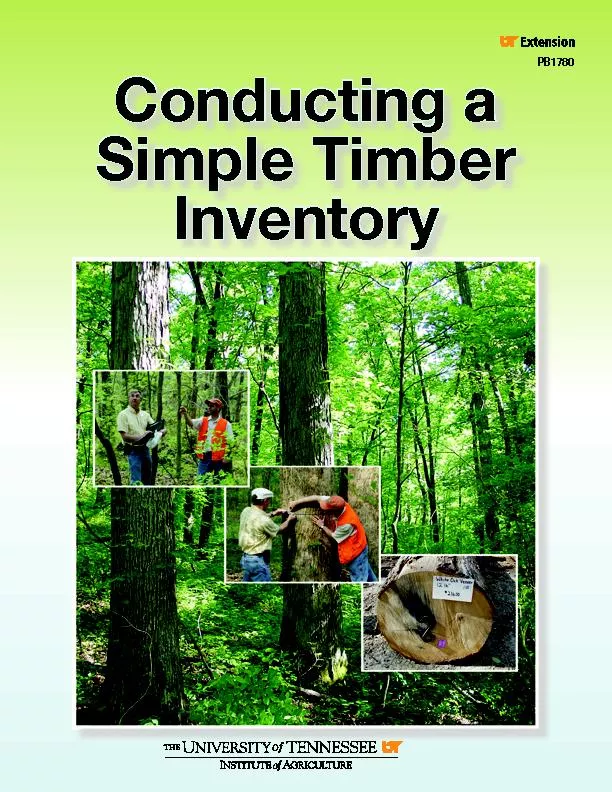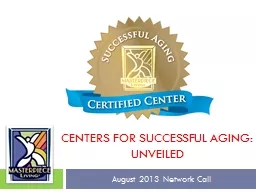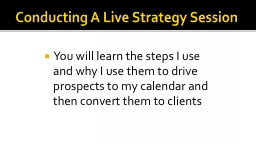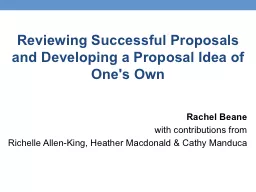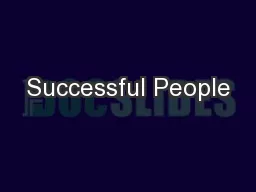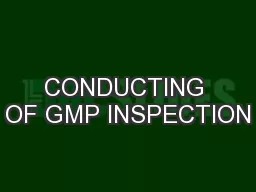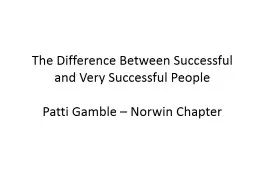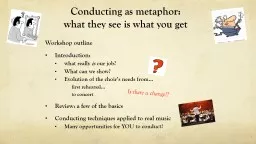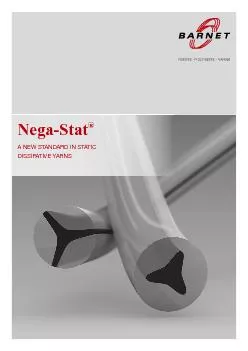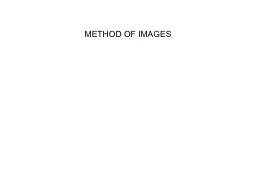PPT-Conducting Successful
Author : yoshiko-marsland | Published Date : 2019-12-08
Conducting Successful Kaizen Events Enterprise Lean Cristine Leavitt November 12 2013 Learning Objective Learn the steps and tips for planning and conducting a successful
Presentation Embed Code
Download Presentation
Download Presentation The PPT/PDF document "Conducting Successful" is the property of its rightful owner. Permission is granted to download and print the materials on this website for personal, non-commercial use only, and to display it on your personal computer provided you do not modify the materials and that you retain all copyright notices contained in the materials. By downloading content from our website, you accept the terms of this agreement.
Conducting Successful: Transcript
Download Rules Of Document
"Conducting Successful"The content belongs to its owner. You may download and print it for personal use, without modification, and keep all copyright notices. By downloading, you agree to these terms.
Related Documents

